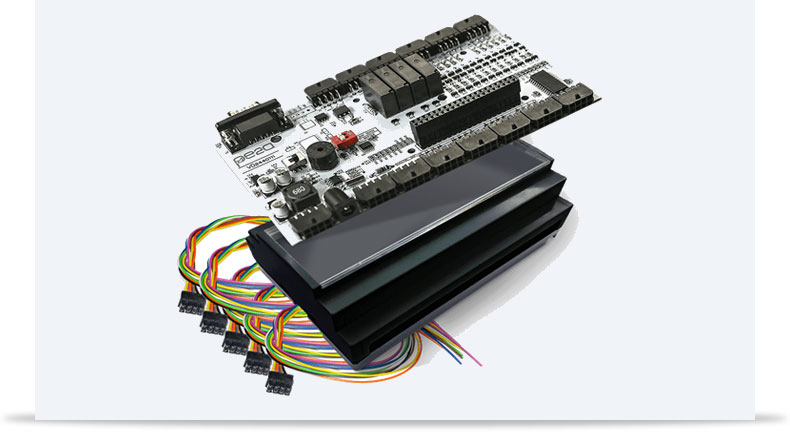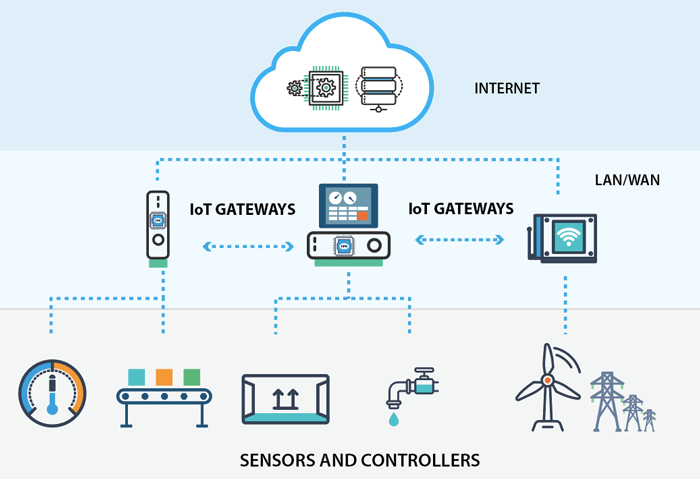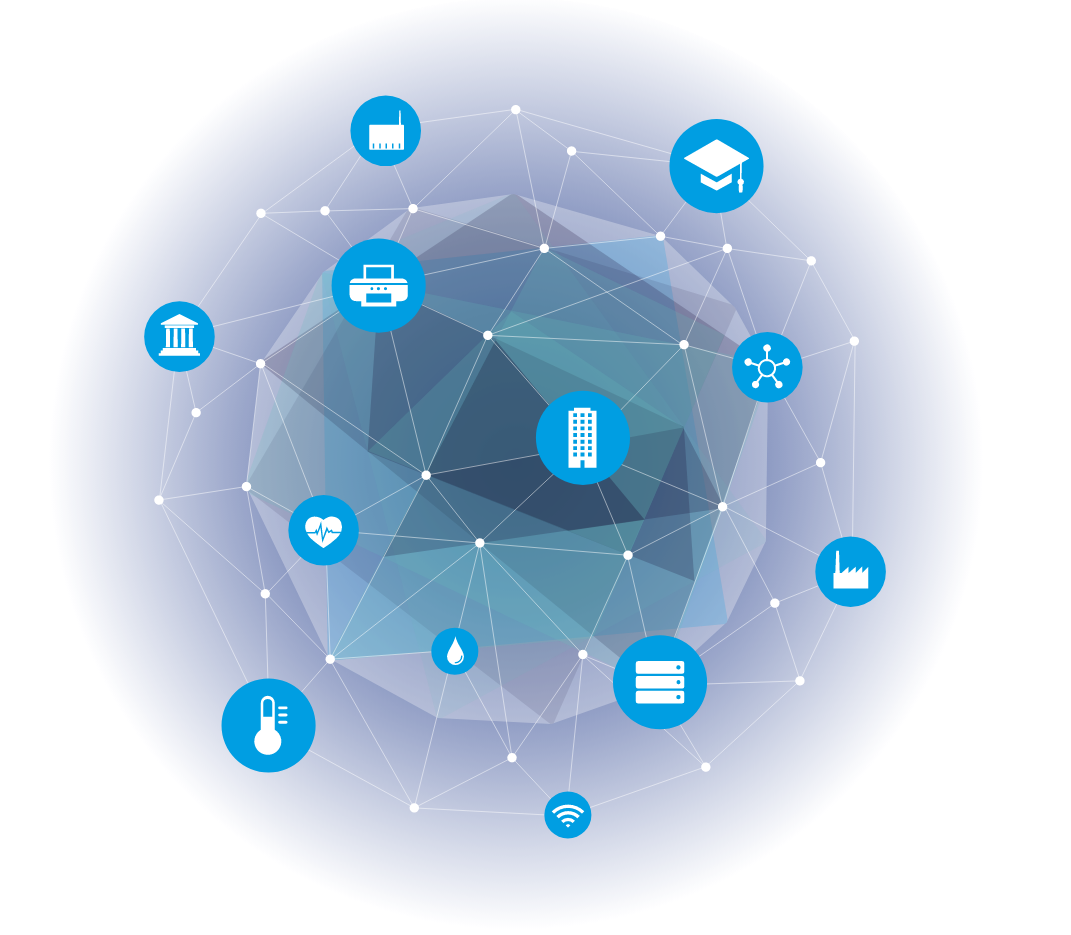01.Battery life
If a sensor/device is in a remote area, it may need a long-range connection such
as satellite connectivity to talk to the cloud. Longer range typically means increased power consumption
(and costs); this can be a problem for small sensors/devices with limited battery life.
If you’re doing Smart Agriculture, you want your field sensors to last years, not months or weeks.
By using an elevated gateway installed near the top of an outbuilding or grain silo, the sensors/devices
only have to send data a short distance to the gateway and the gateway can backhaul the data to the
cloud through a single higher bandwidth connection.
Gateways allow sensors/devices to communicate over shorter distances, boosting battery life.
02.Varying protocols
A complete IoT application might involve many different kinds of sensors and devices
. Using Smart Agriculture again, you might want sensors for temperature, moisture, and sunlight and
devices such as automated irrigation and fertilizer systems.
All of the different sensors and devices can use varying network connectivity types (basically,
the rules and format for the information being transmitted). Connectivity types include LPWAN,
Wi-Fi, Bluetooth, and Zigbee, among many others.
Gateways can communicate with sensors/devices over varying connectivity types and then translate
that data into a standard protocol such as MQTT to be sent to the cloud.
03.Unfiltered data
Sometimes, sensors/devices can generate so much data that it’s overwhelming to the
system or extremely costly to transmit and store. Often in such cases, only a small fraction of the
data is actually valuable. For example, a security camera doesn’t need to send video data of an empty
hallway.
Gateways can pre-process and filter the data being generated by sensors/devices to decrease transmission,
processing, and storage requirements
.
04. Low latency
Time can be critical for certain IoT applications; the sensors/devices can’t afford
to transmit data to the cloud and wait to get a response before taking action. This is true for life-or-death
situations in the medical realm or for fast-moving objects like cars.
Higher latency can be avoided by processing the data on the gateway and giving commands locally.
However, many sensors/devices in IoT applications are too small and too low-battery to do the processing
themselves.
Gateways can reduce latency in time-critical applications by performing processing on the gateway
itself rather than in the cloud.
05. Security
Every sensor/device that is connected to the internet becomes vulnerable to being hacked.
Hacked sensors/devices are bad. Not just for the owner, but for everyone else too.
A few years ago, malware called Mirai was used to hack and control thousands of IoT devices. This
“bot-net” of devices was then used to take down major parts of the internet.
Gateways reduce the number of sensors/devices connected to the internet because the sensors/devices
are only connected to the gateway. However, this makes gateways themselves targets and also the first
line of defense. This is why security needs to be a priority for any gateway.



